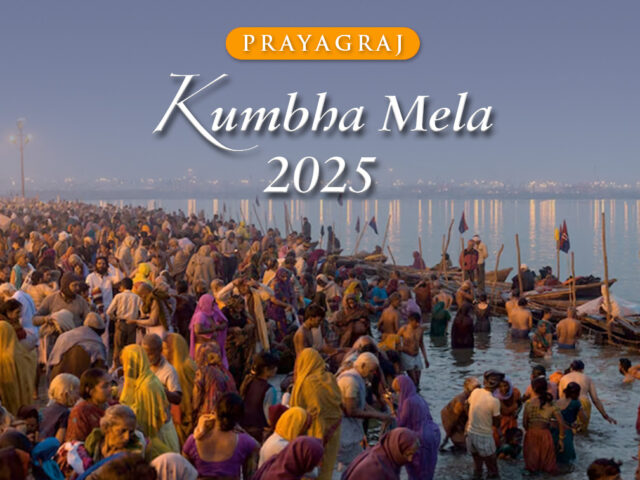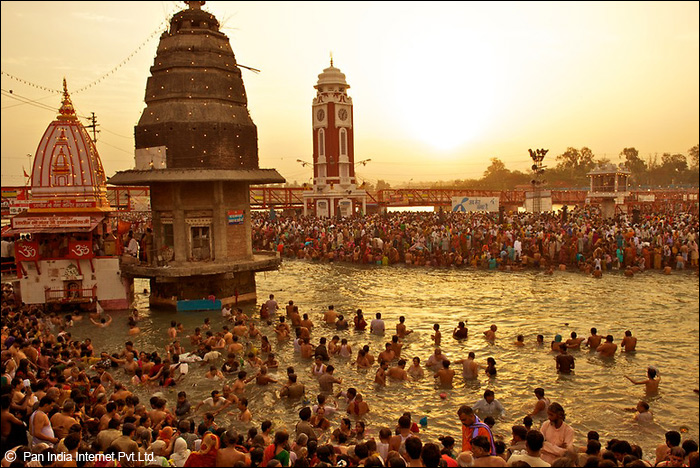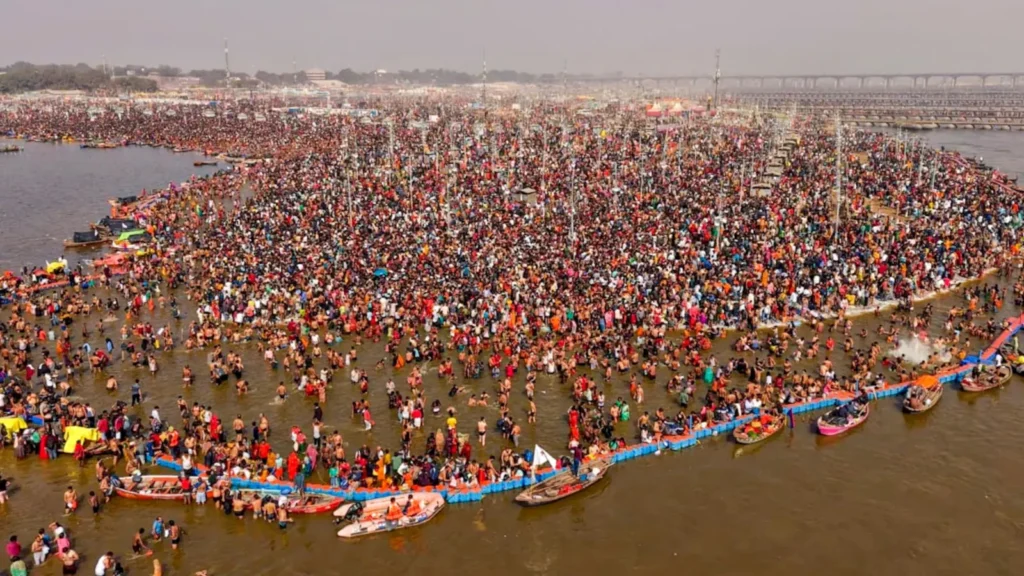Mahakumbh 2025 in Prayagraj is poised to be a monumental spiritual event, drawing over 450 million devotees worldwide. This sacred gathering, deeply rooted in Sanatan Dharma, showcases centuries-old traditions and cultural grandeur. With cutting-edge technology, advanced safety measures, and extensive planning, it promises a secure and transformative experience for pilgrims
The Maha Kumbh Mela is a major Hindu festival held every 12 years in Prayagraj, India. It began on January 13, 2025, and will continue until February 26, 2025. This event is expected to attract around 400 million (40 crores) visitors, making it the world’s largest religious gathering.
The festival’s origins are rooted in Hindu mythology, symbolising the victory of gods over demons. Devotees believe that bathing at the confluence of the Ganges, Yamuna, and mythical Saraswati rivers cleanses sins and leads to salvation.
To accommodate the massive influx of pilgrims, authorities have established a temporary city spanning 4,000 hectares.
This includes 150,000 tents, enhanced sanitation facilities, and improved transportation services. Security measures involve deploying 40,000 police officers and AI-powered surveillance systems to ensure safety.
The Maha Kumbh Mela is a significant religious event and a testament to India’s ability to manage large-scale gatherings, reflecting the nation’s rich cultural heritage.
Significance of the Maha Kumbh Mela in Hindu Tradition
This year the Mahakumbh Mela started on the auspicious day of Paush Purnima, which fell on January 13, 2025, and will continue until February 26, 2025. This year’s Mahakumbh Mela is unique since the constellation alignment is witnessed once every 144 years.
Maha Kumbh Mela is one of the largest and most revered religious gatherings in Hinduism, celebrated every twelve years at four sacred locations: Prayagraj (formerly Allahabad), Haridwar, Ujjain, and Nashik. This festival holds profound spiritual significance, deeply rooted in Hindu mythology and tradition.
- Mythological Origins
The origins of the Kumbh Mela are linked to the Samudra Manthan, or the churning of the ocean, where gods (Devas) and demons (Asuras) collaborated to obtain Amrit, the nectar of immortality. According to legend, a pot (Kumbh) containing Amrit emerged during this process. To prevent the demons from claiming it, Lord Vishnu, disguised as Mohini, took the pot and fled. In the process, drops of Amrit fell at four locations: Prayagraj, Haridwar, Ujjain, and Nashik.
These sites have since become sacred pilgrimage destinations for Hindus, believed to bestow spiritual benefits upon those who bathe in their waters during the festival.
2) Spiritual Significance
The central ritual of the Maha Kumbh Mela is the Shahi Snan, or royal bath, where millions of pilgrims immerse themselves in the holy rivers at auspicious times. This act is believed to cleanse individuals of their sins and liberate them from the cycle of rebirth (samsara), ultimately leading to Moksha or spiritual liberation. The confluence of the Ganga, Yamuna, and the mythical Saraswati at Prayagraj is particularly revered as a site for attaining salvation.
3) Cultural and Social Aspects
Beyond its religious implications, the Maha Kumbh Mela serves as a vibrant cultural festival that brings together diverse groups of people.
It includes ascetics (sadhus), pilgrims, and visitors who engage in various rituals such as fasting, charity, and communal prayers. The gathering fosters a sense of unity among participants, transcending differences in caste and creed. The event also showcases India’s rich heritage through its rituals and practices that are passed down through generations.
The Maha Kumbh Mela attracted more than 400 million visitors worldwide. Numerous international pilgrims and tourists, such as YouTubers from South Korea and travellers from Japan, Spain, Russia, and the United States, were enchanted by the event’s splendour.
At the Sangam Ghat, many interacted with local guides to gain insight into the cultural and spiritual significance of the Maha Kumbh. This 45-day spiritual and cultural event witnessed the coming together of people from all corners of the globe to participate in rituals, prayers, and discussions about faith and spirituality.
The UP Government, acknowledging the spiritual significance of the Sangam Snan, made substantial efforts to enlarge the bathing area.
In an impressive achievement, the irrigation department reclaimed more than 2 hectares of land at Triveni Sangam within just 85 days, allowing two lakh devotees to bathe at once. With the use of four dredging machines, an additional 26 hectares of land have been reclaimed. This careful dredging process has tripled the Sangam’s capacity compared to 2019.









